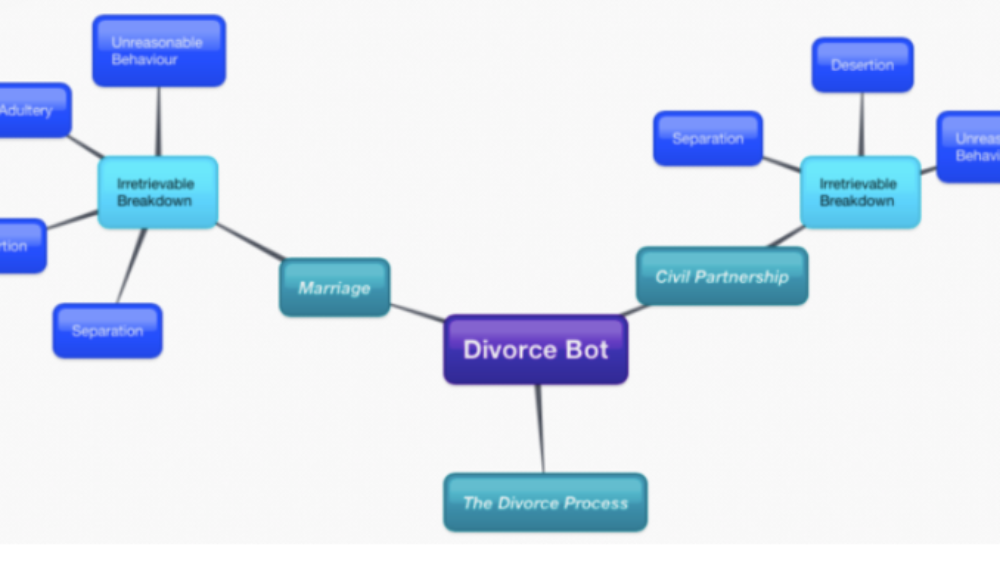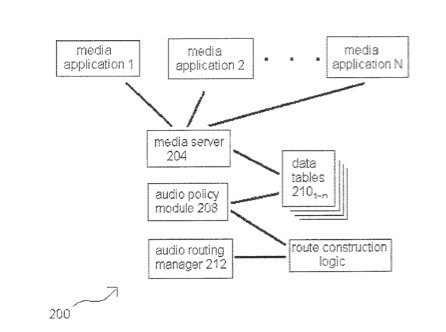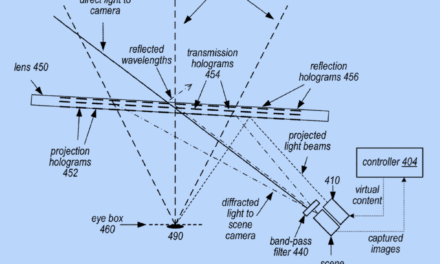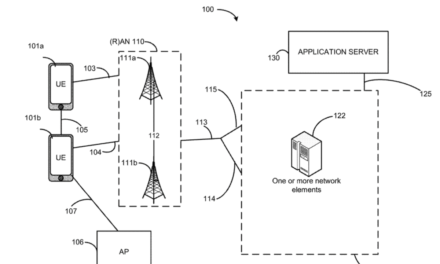Intense pressure on legal departments to increase their responsiveness and efficiency is leading them to look toward automation, artificial intelligence (AI), machine learning and natural language processing, according to Gartner, Inc. (www.gartner.com). In fact, the research group predicts that “lawbots” will handle a quarter of internal legal requests by 2023.
“While VLAs, legal chatbots, and lawbots may seem like hype, their use in legal departments can yield significant benefits,” said Zack Hutto, director in the Gartner Legal & Compliance practice. “This will significantly disrupt the legal technology marketplace.”
VLAs can help legal departments improve efficiency by streamlining matter intake, triaging legal requests, determining the necessity of legal review and automating routine legal workflow. According to a Gartner survey of legal professionals increasing productivity in these ways is the top driver of automation.
VLAs can also ease employee concerns about anonymity in situations where they perceive a risk in simply asking for information, such as whistleblower reporting and harassment claims.
“Legal departments will benefit through increased efficiency gains, improved employee satisfaction, and from more opportunities to retask legal experts to higher value activities,” said Hutto “These sought-after benefits will open up the market to new entrants who can provide self-service applications with AI and conversational interfaces.”
Legal bots are already demonstrating value and versatility in citizen and consumer law. For example they have been developed to provide legal guidance for victims of crime and people seeking divorce in the U.K.
“Consumerization of chatbots across wider society is fueling employee expectations and reinforcing the trend towards VLAs.” said Mr. Hutto. “Moreover, platforms such as Amazon Lex, IBM Watson and Slack enable legal-focused vendors and services providers to rapidly address the needs of various legal functions and domains without having to develop a core technology or infrastructure backbone.”
It is for these reasons that Gartner predicts a quarter of internal legal requests will be handled by VLAs in just a few years. Its experts caution, however, that legal departments risk an overreliance on VLA. They should be adopted as part of a broad legal services strategy because a piecemeal approach with poorly designed VLAs may be confusing or intrusive rather than helpful.
“Poor lawbot solutions might create an even greater burden on legal departments,” said Hutto. “At a minimum, lawyers could have to handle manual rework, and at worst they may have to work to repair relationships with put-off internal clients.”
Gartner predicts that 33% of corporate legal departments will have a dedicated legal technology expert to support the increasing automation of core in-house workflows, by 2023. This is largely because while standardized, repeatable legal workflows have great potential for automation, existing in-house counsel may not have the technology leadership needed to support these initiatives.
For example, just 5% of legal departments indicate that all commercial contract management is treated as new and managed manually. In the next 3 years, 40% of corporate legal departments intend to increase spending on legal IT systems or software by 10% or more.
“Despite the clear opportunities to automate, and the intent to do so, most legal departments simply don’t have the staff for legal analytics,” said Hutto. “Just one in five report having a technology or innovation counsel or access to a data analyst.”
As core in-house legal work becomes increasingly reliant on technology, legal departments will shift their talent acquisition and retention strategies to address the need for dedicated legal technology experts.





